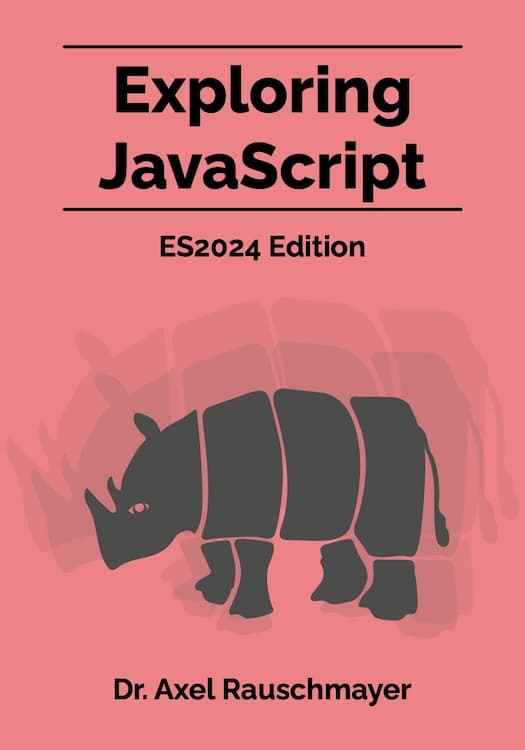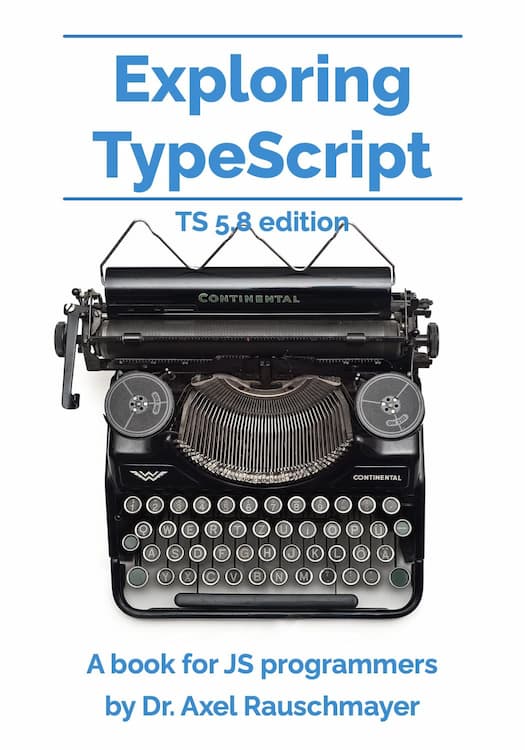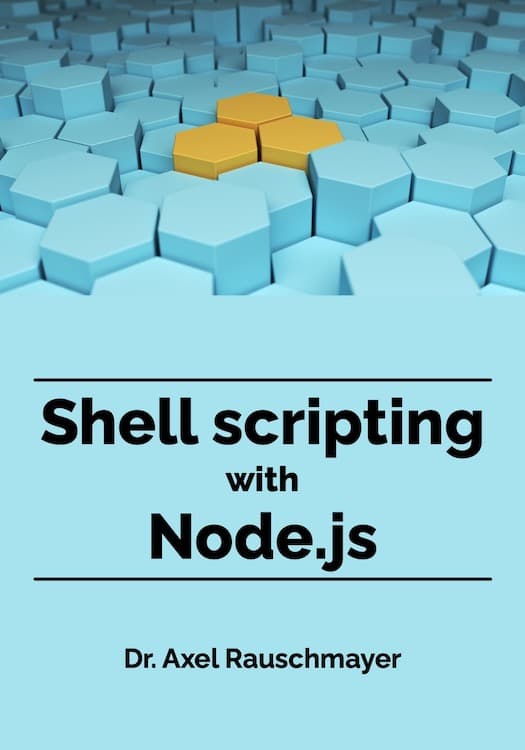2012-11
A proposal for using Canvas in web workers
[2012-11-18] dev, html5, javascript, clientjs
Ian Hickson, editor of the HTML spec, has proposed a way to let web workers use Canvas.
Variable declarations: three rules you can break
[2012-11-13] dev, javascript, jslang, jsstyle
This blog post mentions three rules that are commonly given for using var statements. And then tells you when you can break them. To make things easier to understand, I somewhat disparagingly call the rules “conventional wisdom” and breaking the rules “unconventional wisdom”. But I will also explain why the rules have been created in the first place.
Four talks on ECMAScript 6/ECMAScript.next
[2012-11-12] esnext, dev, javascript
A guide to 2ality’s posts on ECMAScript.next/ECMAScript 6
[2012-11-09] esnext, 2ality, dev, guide, javascript
Property assignment and the prototype chain
[2012-11-07] dev, javascript, jslang
This blog post examines how the prototype chain of an object affects assignments to its properties. It provides a more detailed look than the previous, more comprehensive, blog post “Properties in JavaScript: definition versus assignment”.
The text “__proto__” can break a webapp
[2012-11-06] esnext, dev, javascript, __proto__, jslang
[This post is part of a series on the special property __proto__]
The text “__proto__” can still break webapps if it appears somewhere in the content, as I was reminded of today, via Domenic Denicola and Peter van der Zee.
What is the best display aspect ratio for tablets?
One marked difference between current tablets is the aspect ratio of their displays. This blog post explores the pros and cons of the different aspect ratios, along with the question whether one of them is best overall.
2012-10
Online conferences
Intriguing concept: the JavaScript Summit 2012 (Nov 13-15) is an online conference.
Object properties in JavaScript
[2012-10-29] dev, javascript, jslang
Update 2013-08-25: Blog post “Protecting objects in JavaScript” (Object.preventExtensions(), Object.seal(), Object.freeze()).
Properties determine the state of an object in JavaScript. This blog post examines in detail how they work.
The future of Markdown
[2012-10-26] markdown, publishing, computers
The basic idea of Markdown is simple:
To create a document, one writes plain text (bullet lists are lines that start with dashes, styles are written **bold** and *italics*, etc.). To display a document, the plain text is converted to HTML.
That gives you the best of both worlds: the plain text is to write (much easier than HTML), store and transfer; the rendered HTML is nice to look at.
It is amazing how popular Markdown has become: GitHub supports it for files such as readmes and gists; Stack Overflow uses it for comments; Lean Publishing supports no other format for submitting books; many blog engines let you write posts in it; etc.





